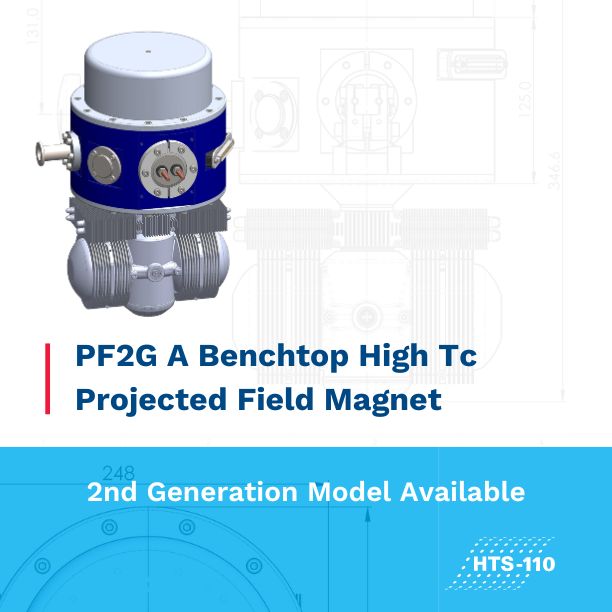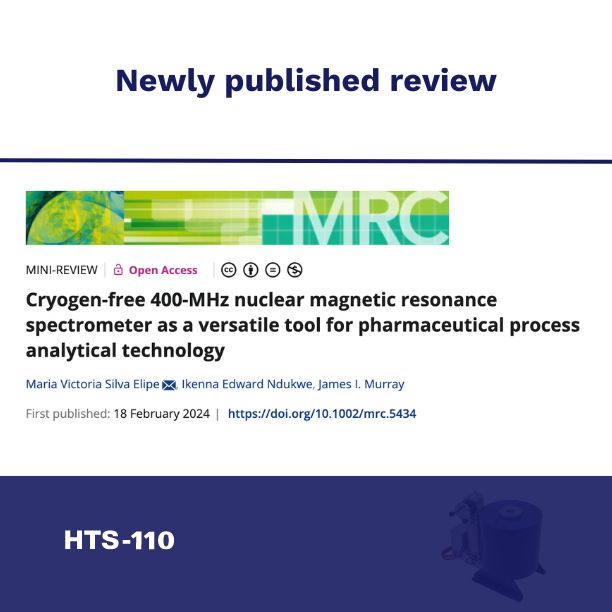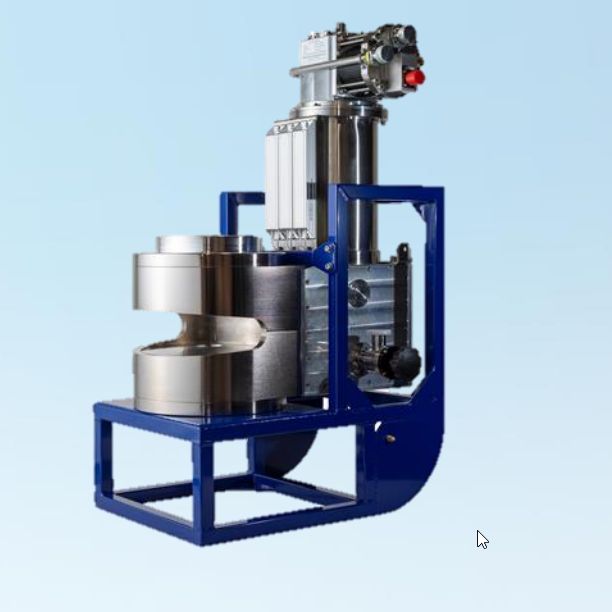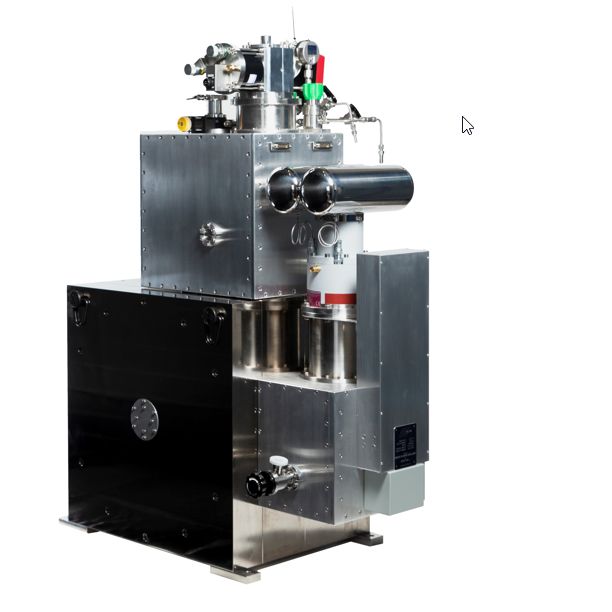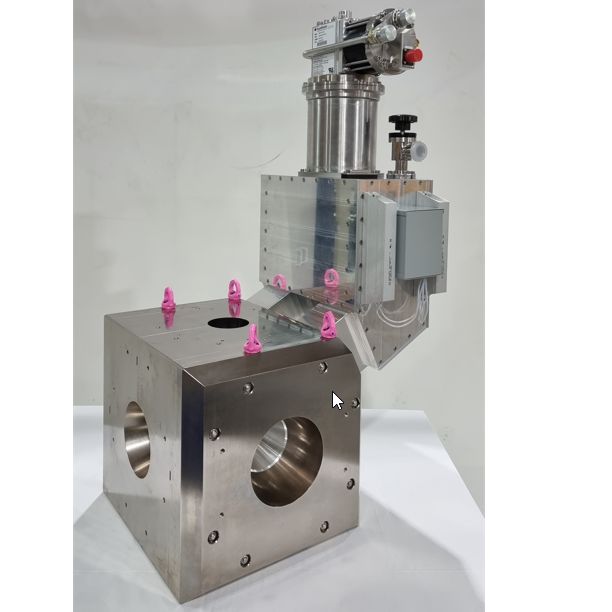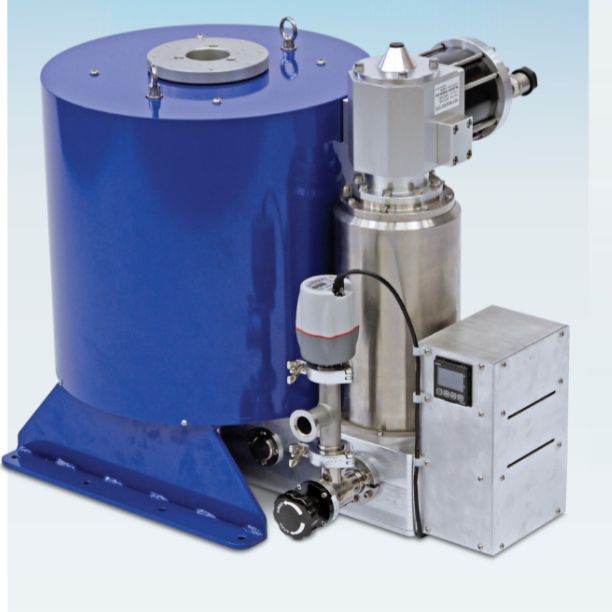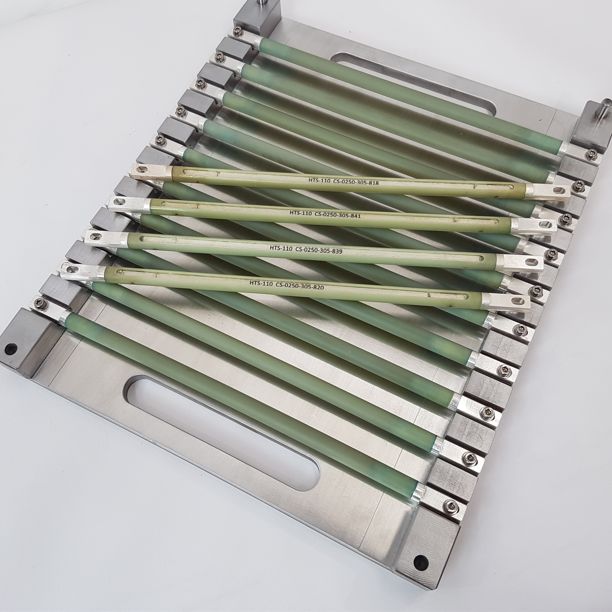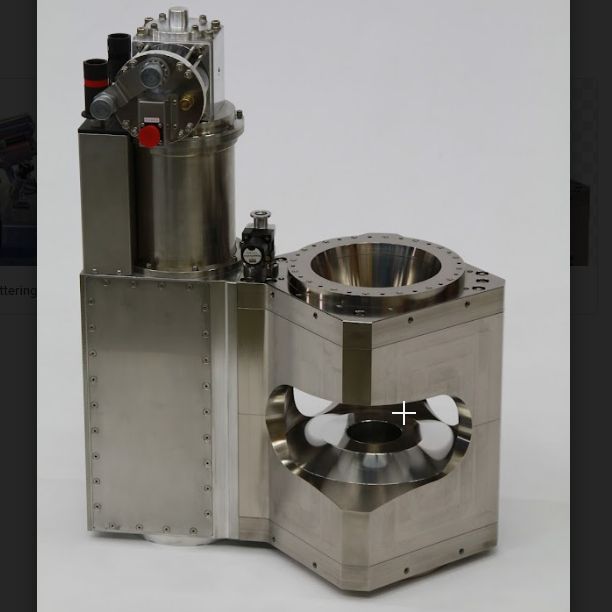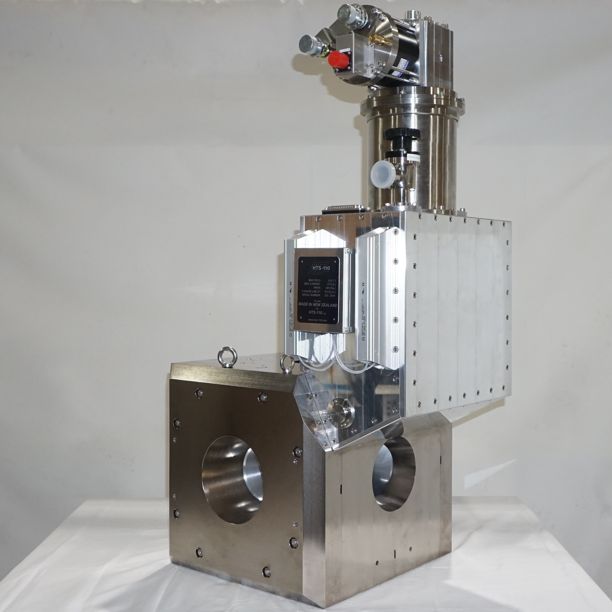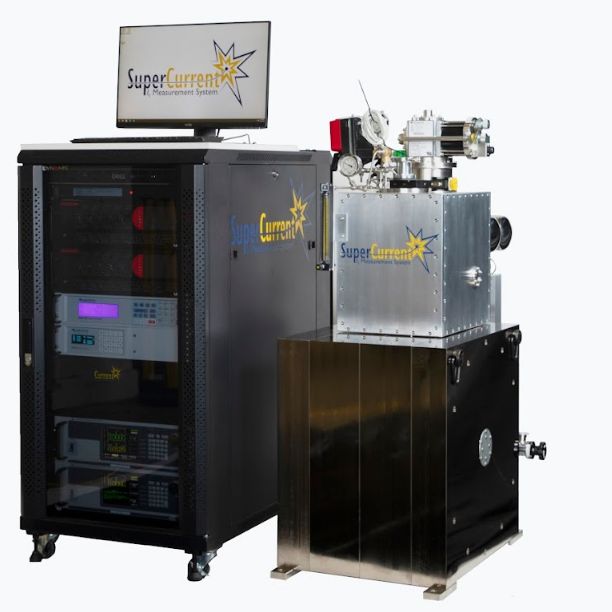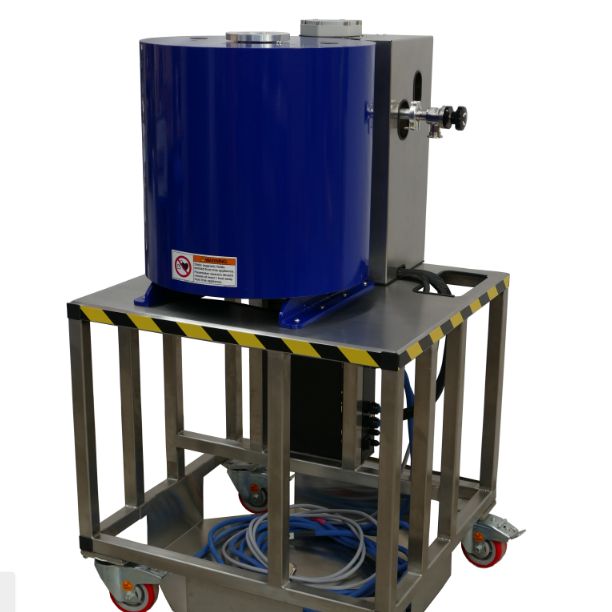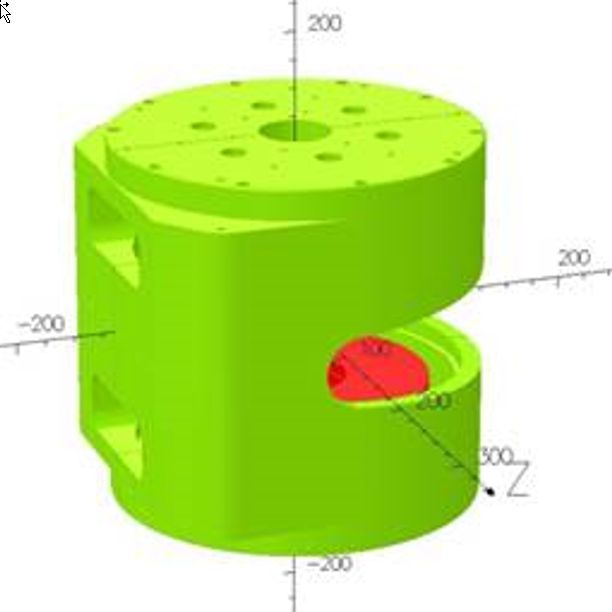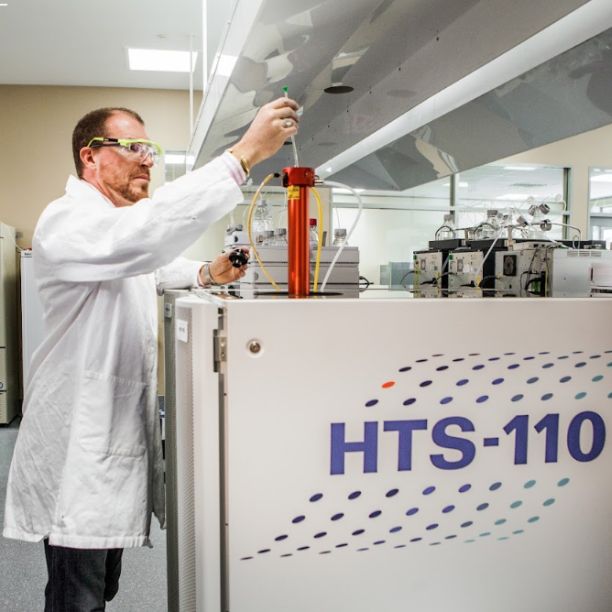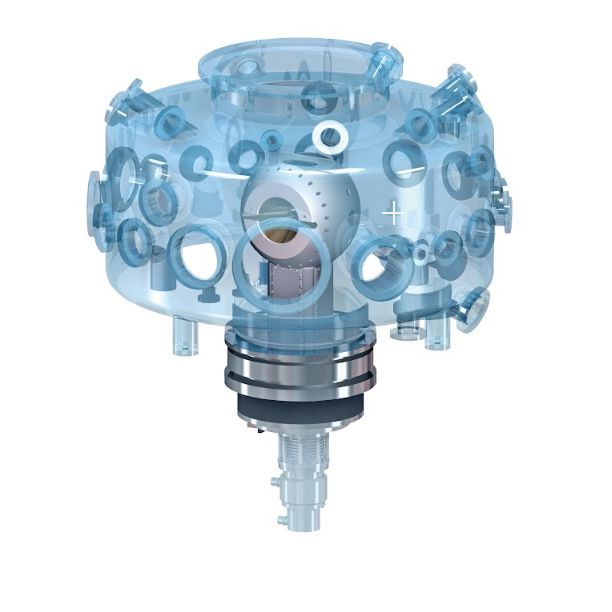In this paper we review the developments of HTS magnet technology and applications leading to a range of niche application areas, from sample environments for synchrotron and neutron beamlines and other materials analysis applications, through to developments for the demanding realm of magnetic resonance, all of which leverage the benefits of high current density relative to copper and a relatively high operating temperature compared to the low-temperature superconductors.
This paper was published in Journal of Physics: Conference Series and is available with open access through IOPscience.
Abstract
The increasing commercial availability of High-Tc Superconducting (HTS) wire in the decade following the discovery of this amazing class of materials opened the door to a range of unique application opportunities. The early international focus was on the power industry with a promise of a significant transformation in efficiency and supply security; however the realities of funding large and technically demanding prototypes and the lengthy timelines involved in realistic commercialisation pathways, meant that for a small business nearer-term opportunities would need to be explored.
From a background in materials research and wire development activities, HTS-110 was established over 13 years ago to design and manufacture HTS magnets for a wide range of scientific and industrial applications; over the last decade significant progress has been made in the commercialisation of HTS magnets, both by HTS-110 and other manufacturers, paralleling the improvements in wire performance and quality. In this paper we review the developments of HTS magnet technology and applications leading to a range of niche application areas, from sample environments for synchrotron and neutron beamlines and other materials analysis applications, through to developments for the demanding realm of magnetic resonance, all of which leverage the benefits of high current density relative to copper and a relatively high operating temperature compared to the low-temperature superconductors. New future application areas promise to extend these developments and greatly expand the role of HTS magnets in our industrial society.
Back to all News